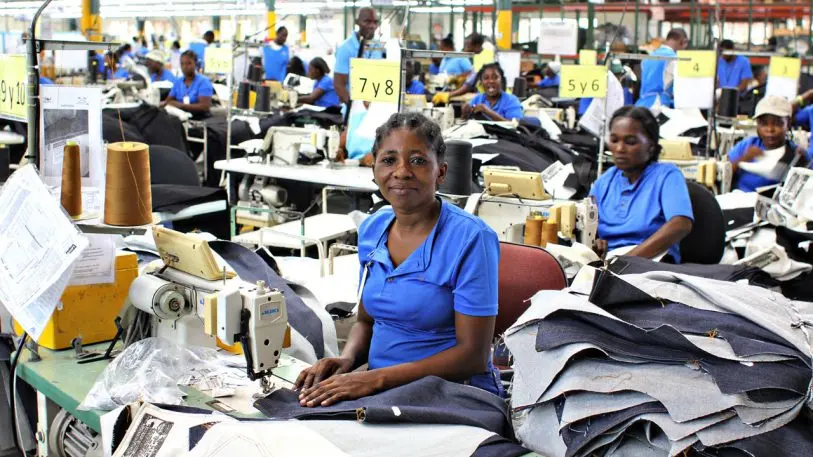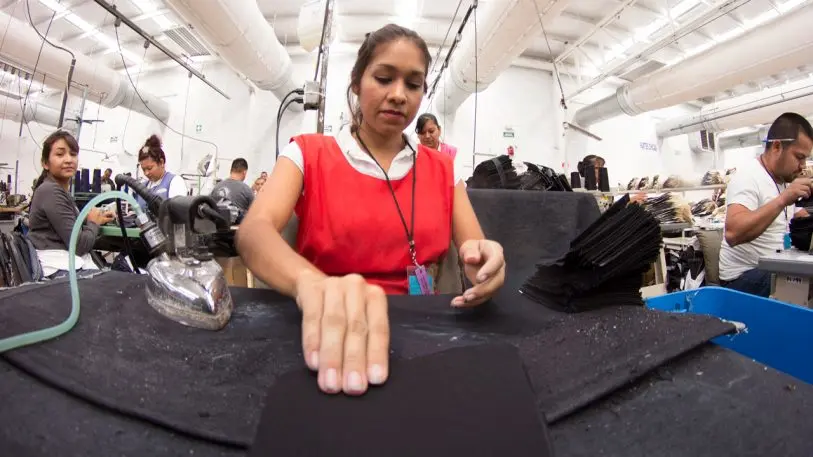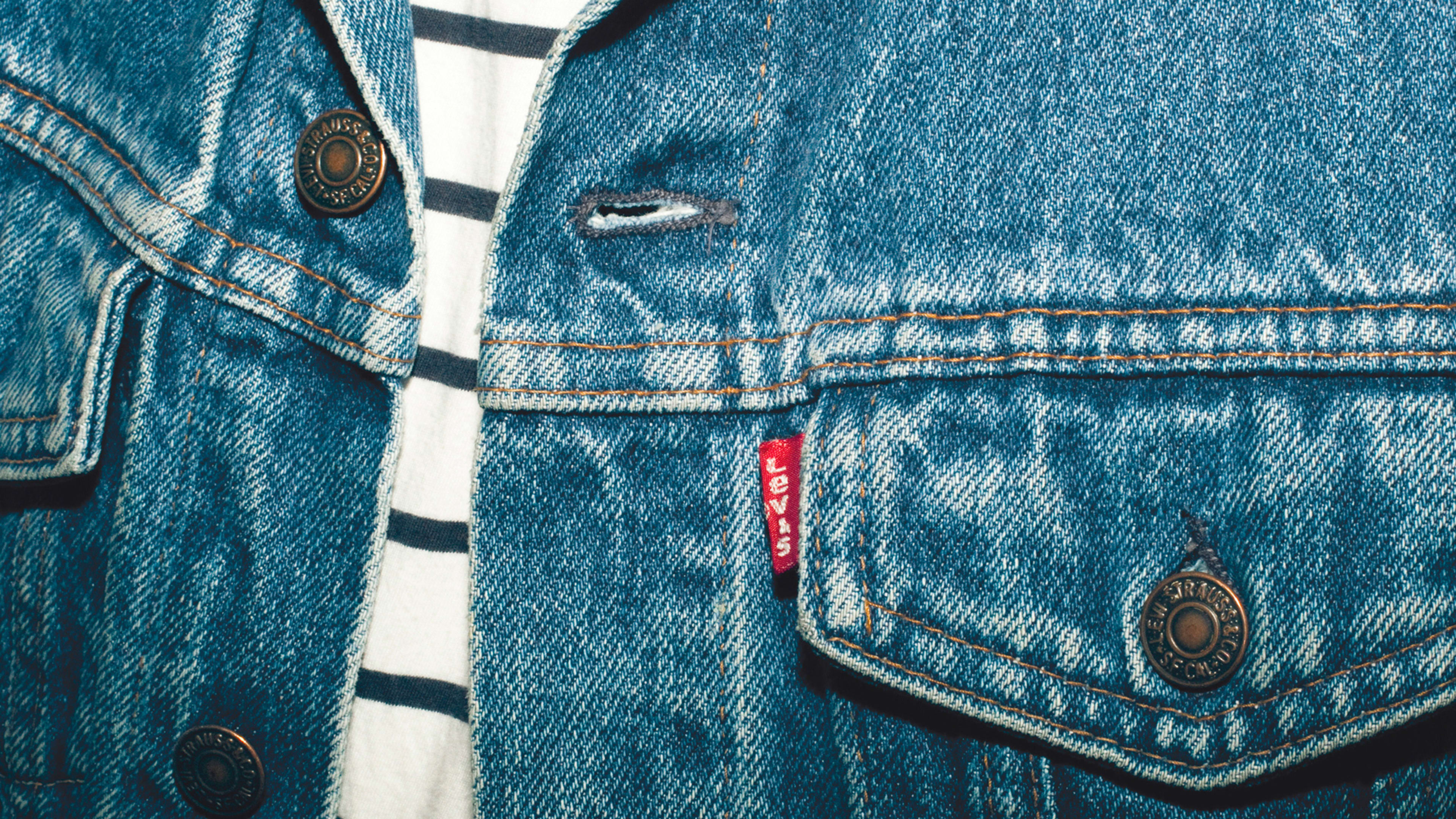Two years ago, a factory in Bangladesh that sews jeans for Levi Strauss & Co. partnered with the company in a new experiment: Working with experts from the International Finance Corporation (IFC), the World Bank’s lending arm, it looked for ways to save energy, from swapping lightbulbs to installing new washing machines. In a year, the factory and five others that took part in the pilot in India, Sri Lanka, and Vietnam cut carbon emissions by an average of around 20% and collectively saved $1 million.
It’s work that Levi’s now plans to scale up as it aims for a new goal–cutting its emissions as a company in line with the Paris climate agreement, as the latest corporation to set targets under the Science Based Targets Initiative, a nonprofit-led project that helps companies set climate goals. By 2025, the company plans to use 100% renewable energy in all of its own facilities, cut emissions in those buildings by 90% compared to Levi’s footprint in 2016 and–in a move no company has tried before–it also plans to cut the emissions in its supply chain by 40%.

The last goal–which will require working with suppliers, not just internal mandates–will have the biggest impact. “The supplier side of this is what I would consider the most interesting part of our new approach to climate change,” says Michael Kobori, vice president of social and environmental sustainability at Levi Strauss & Co. The company’s retail stores, distribution centers, offices, and the two remaining factories it still owns only account for 1% of its total carbon footprint. Growing cotton is 10% of the footprint. But making fabric and sewing clothing, respectively, are 31% and 9%. Without working with suppliers, the company is limited in the amount of its emissions it can reduce.
But convincing suppliers to take emission reduction seriously is not necessarily easy to do. “It’s much easier to say ‘for our own facilities we’re going to get to 90%,’ and then they just hold themselves accountable,” says Mindy Lubber, CEO and president of Ceres, a sustainability nonprofit that has worked with Levi’s. “I think you have to be more clever, more creative, more entrepreneurial, to get your suppliers to do it, because you don’t own them, and while you have an economic incentive for them to do it, you can’t make them do it.” A 40% emissions reduction of supplier emissions, she says, is an ambitious goal, and one that hasn’t been attempted in the past.

Still, Levi’s believes that it is possible. In the pilot with six suppliers and the IFC, part of the Partnership for Cleaner Textiles, the manufacturers tackled “only the low-hanging fruit,” Kobori says, but still saw significant drops in energy use. Now Levi’s will also work with suppliers to assess the possibility of shifting to renewable energy, and will work with IFC to help finance onsite renewables when that makes sense. It will also expand the program to work not only with factories sewing clothes but with facilities that make the fabric–which have a carbon footprint three times larger.
Though farmers aren’t included in the new plan to address the supply chain, the company also plans to continue working with the Better Cotton Initiative, a program that helps farmers cut their carbon footprints by using less chemical fertilizer and pesticide, and shifting to practices like planting cover crops. Levi’s is also continuing to look for ways to help consumers reduce impact, since consumers are responsible for around one-third of the company’s total footprint. Care tags in the company’s clothing say “wash less, wash cold, line dry, donate when no longer needed,” for example, since laundry is one of the biggest areas of consumer impact, and tailors in retail stores offer repairs so jeans last longer.
Levi’s is the first apparel company in the U.S. to set targets under the Science Based Targets Initiative, though others, including Gap and Nike, have committed to do the same. Since apparel brands often share the same suppliers, as Levi’s helps suppliers improve, other brands will benefit, and the company hopes that others will follow with targets of their own. “We wanted to show folks in the industry what is possible,” says Kobori.
Recognize your brand’s excellence by applying to this year’s Brands That Matter Awards before the early-rate deadline, May 3.
